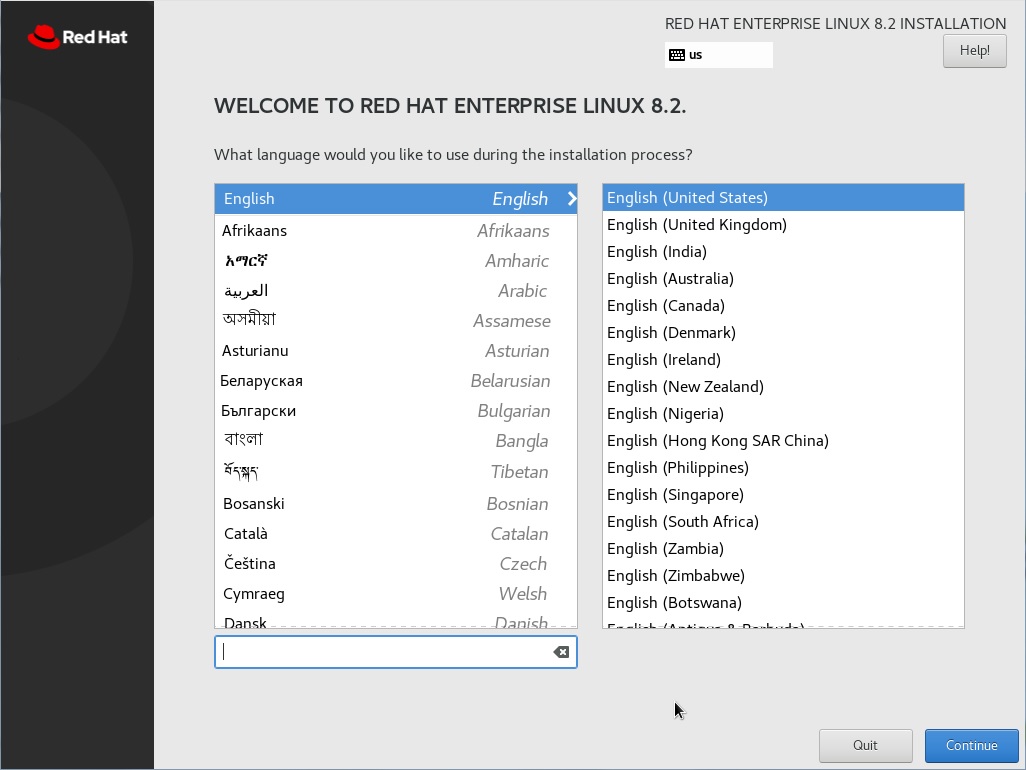

- RED HAT LINUX 9 DOWNLOAD TORRENT INSTALL
- RED HAT LINUX 9 DOWNLOAD TORRENT FULL
- RED HAT LINUX 9 DOWNLOAD TORRENT SOFTWARE
Next, navigate to the RHEL 9 download page and click on the download button shown below. To download Red Hat Enterprise Linux 9 at absolutely no cost, head over to the Red Hat Developer Portal and sign in using your account credentials. Once you have created a Red Hat account, you are all set to start downloading RHEL 9. If you don’t have an account yet, navigate to the Red Hat Customer Portal and click on the ‘ Register’ button and fill in your details to create a Red Hat account.
RED HAT LINUX 9 DOWNLOAD TORRENT SOFTWARE
It gives developers access to all versions of Red Hat Enterprise Linux among other Red Hat products such as add-ons, software updates, and security errata.īefore anything else, make sure that you have an active Red Hat account.
RED HAT LINUX 9 DOWNLOAD TORRENT FULL
The Red Hat Developer Subscription is a no-cost offering of the Red Hat Developer program that is tailored for individual developers who want to reap the full benefits of Red Hat Enterprise Linux.
RED HAT LINUX 9 DOWNLOAD TORRENT INSTALL
You can use these images to install RHEL on bare-metal servers or as a guest machine on top of a hypervisor such as VMware. In addition, you can also create bootable ISO installer images which are packaged in a tarball format. This makes it possible to quickly spin up customized RHEL development environments on-premise and on cloud platforms. These images are compatible with major cloud providers such as AWS and GCP. The image builder tool allows users to create custom RHEL system images in multiple formats both for minor and major releases. You can apply the latest critical system patches without rebooting or interrupting services in the development or production environment. The web console now supports live kernel patching. Furthermore, these metrics can be exported to the Grafana server for better visualization. The Red Hat Enterprise Linux 9 web console provides enhanced monitoring and performance metrics pages that help in identifying spikes in CPU, disk, memory, and bandwidth utilization. Built-in RHEL utilities have been recompiled to use OpenSSL 3.0 As a result, users can now benefit from the new security ciphers used for encryption. OpenSSL 3.0 introduces a provider concept, a new versioning scheme, and improved HTTPS. In addition, SELinux policies have been improved to boost security. This prevents attackers from breaching the system using brute-force attacks. With Red Hat Enterprise Linux 9, the OpenSSH configuration blocks remote login by the root user using password authentication.


 0 kommentar(er)
0 kommentar(er)
